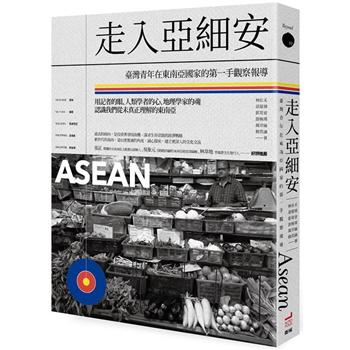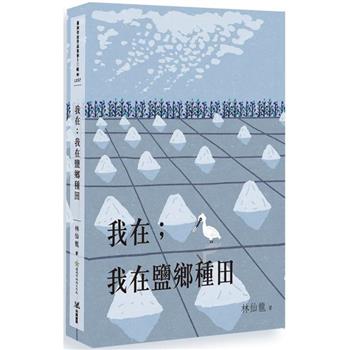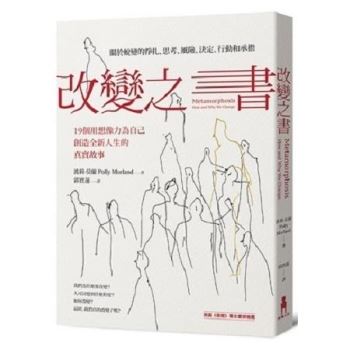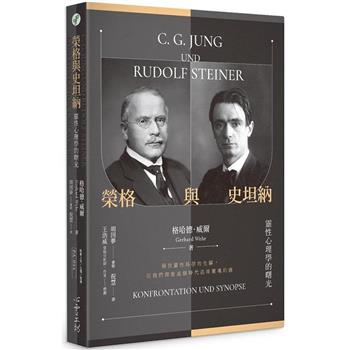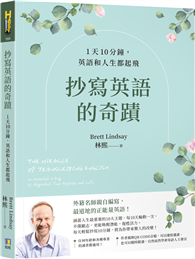As the second volume of a two-volume set that re-examines nouns and verbs in Chinese, this book investigates a wide range of linguistic phenomena in Chinese and other languages to substantiate the verbs-as-nouns theory proposed by the author.
In an attempt to break free from the shackles of Western linguistic paradigms, which are largely based on Indo-European languages and to a great extent inappropriate for Chinese, the two-volume set unravels the different relationships between nouns and verbs in Chinese, English, and other languages. This volume begins by looking at the problematic issues surrounding complements and adverbials in Chinese in order to explain the multifunctional nature of Chinese word classes. It then makes extensive use of evidence from other languages to explore the typology and evolution of word classes, as well as the cultural roots underlying the distinction between indicative and non-indicative negation in Chinese. In addition, it elucidates the significance and functions of monosyllabic and disyllabic combinations and the phenomenon of markedness reversal, shedding light on the subjectivity of the Chinese word class system.
The volume is an important contribution to the study of Chinese linguistics, Chinese grammar, and contrastive linguistics.

